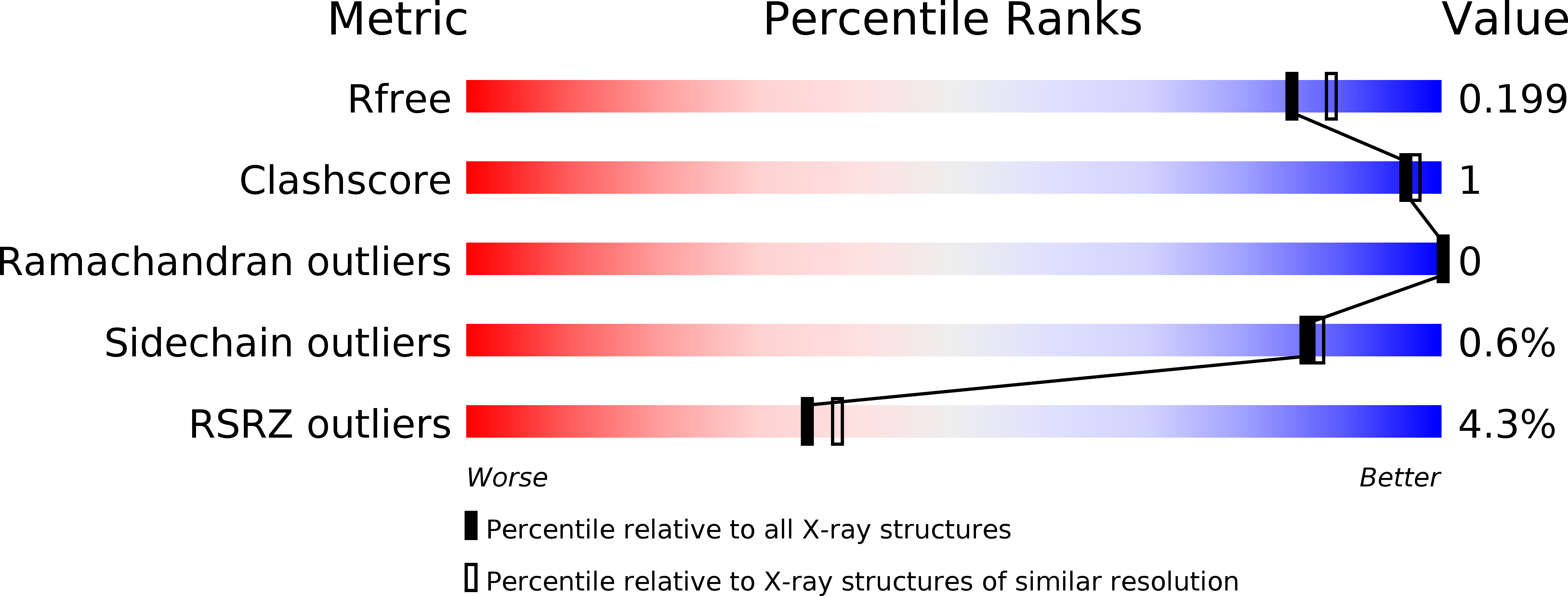
Deposition Date
2014-03-15
Release Date
2014-08-06
Last Version Date
2023-12-20
Entry Detail
PDB ID:
4CTO
Keywords:
Title:
Glucopyranosylidene-spiro-iminothiazolidinone, a New Bicyclic Ring System: Synthesis, Derivatization, and Evaluation as Glycogen Phosphorylase Inhibitors by Enzyme Kinetic and Crystallographic Methods
Biological Source:
Source Organism:
ORYCTOLAGUS CUNICULUS (Taxon ID: 9986)
Method Details:
Experimental Method:
Resolution:
1.90 Å
R-Value Free:
0.19
R-Value Work:
0.17
R-Value Observed:
0.17
Space Group:
P 43 21 2


